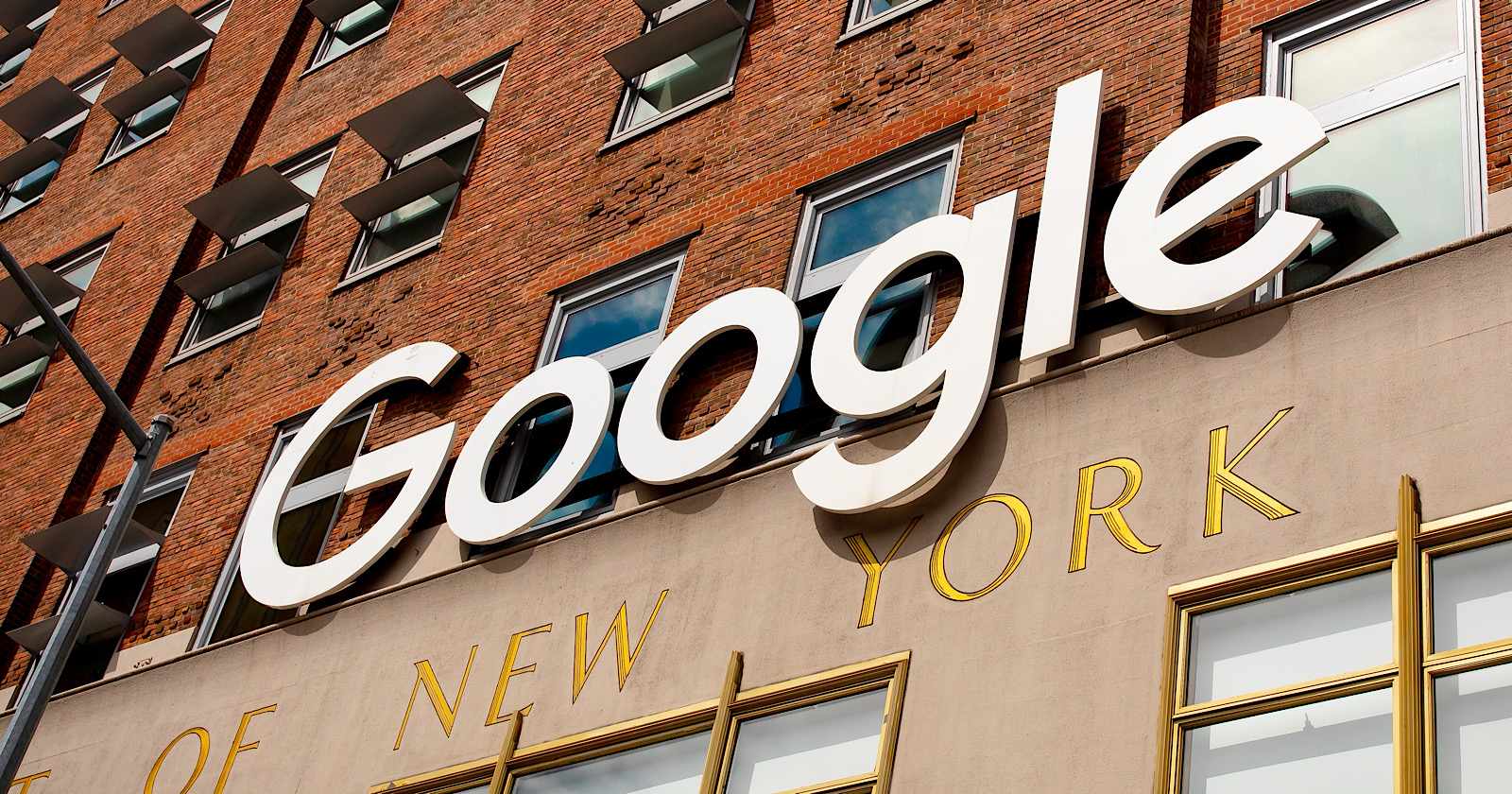Google has released new guidelines for website owners who want to excel in AI-powered search.
In a blog post, Search Advocate John Mueller shared tips for ranking in AI Overviews and AI Mode.
This guidance comes as Google moves beyond traditional “blue links” to offer more AI-driven search features.
Curious about AI in Search and your website? We just launched two new documentation pages and a blog post with some general tips on what to think about with regards to these new Search experiences. Check out the blog post at https://t.co/fYaVOfICmL
— Google Search Central (@googlesearchc) May 21, 2025
AI Is Changing Search Behavior
Google noted that users now ask longer questions and follow-up queries through these new interfaces, which creates challenges and opportunities for publishers.
Mueller writes:
“The underpinnings of what Google has long advised carries across to these new experiences. Focus on your visitors and provide them with unique, satisfying content.”
Content Quality Remains Paramount
Google says creating “unique, non-commodity content” is still the foundation for success in all search formats, including AI.
The company recommends focusing on content that meets user needs instead of trying to trick the algorithm.
Google points out that AI search users ask more specific questions and follow-ups. This suggests that thorough, detailed content works especially well in these new search environments.
Technical Requirements and Page Experience
Beyond good content, Google stressed the importance of technical access.
This includes ensuring that:
- Googlebot isn’t blocked
- Pages load correctly
- Content can be indexed
Also focus on user experience factors like mobile-friendly design, fast loading speeds, and clear main content.
Mueller writes in the blog post:
“Even the best content can be disappointing to people if they arrive at a page that’s cluttered, difficult to navigate or makes it hard to find the main information they’re seeking. Ensure that you’re providing a good page experience for those who arrive either from classic or AI search results…”
Managing Content Visibility In AI Experiences
Google confirms that current content controls work for AI search.
Publishers can use the following tags to control how their content appears:
- nosnippet
- data-nosnippet
- max-snippet
- noindex
More restrictions will limit visibility in AI results.
Multimedia Content For Multimodal Search
Google’s blog post stressed the growing importance of images and videos as Google’s AI improves.
With multimodal search, you can upload images and ask questions about them. Google recommends adding high-quality visuals to support your text content.
Ecommerce businesses should keep their Merchant Center and Business Profile information updated for better performance in visual searches.
Rethinking Success Metrics
Google shared insights about user behavior with AI search results, suggesting publishers may need to reconsider how they measure success:
“We’ve seen that when people click to a website from search results pages with AI Overviews, these clicks are higher quality, where users are more likely to spend more time on the site.”
Google suggests AI results provide better context about topics, potentially sending more engaged website visitors.
Mueller encourages site owners to look beyond just clicks and focus on more meaningful metrics like sales, signups, and engagement.
What This Means
This guidance shows that while search looks different now, Google’s main ranking principles haven’t changed.
Unique content, technical quality, and user experience still define success, even as AI changes how people use search.
The key takeaways are:
- Your website meets the technical requirements for Google Search
- Optimize your images and videos
- Review your meta directives
- Rethink how you measure traffic quality from AI search rather than just counting clicks.
Google’s full guidance, along with additional resources on AI features and generative AI content, can be found on the Google Search Central blog.
Featured Image: bluestork/Shutterstock

